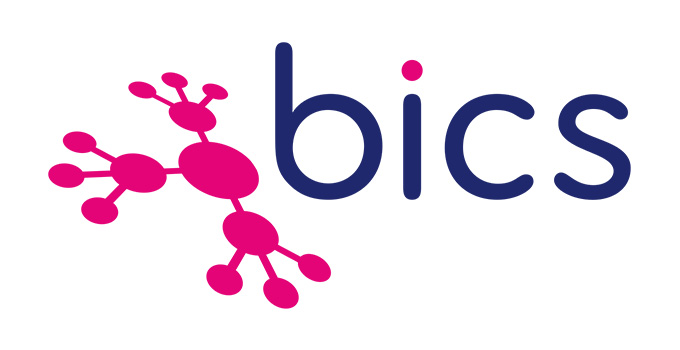By 2023, it’s expected that 5G will support more than one billion connections worldwide. For enterprises and subscribers, it’ll enable exciting new low latency opportunities. For mobile network operators (MNOs), it’ll unlock a raft of new revenue-generating opportunities. 5G will be truly global, with people, devices and things relying on roaming to access high quality services wherever they travel. And MNOs must be ready.
Raphaël Glatt, the head of signalling and roaming platforms at BICS explains how MNOs can take advantage of global infrastructure and services, and best ready their networks for the future. BICS enabled the world’s first 5G intercontinental roaming service in 2019. Since then, it has announced a number of 5G developments including, most recently, the launch of a 5G roaming service between the Austrian operator, Three Austria, and Swiss telecommunications company, Sunrise UPC.
PoPs and pings: introducing regional breakout
While the 5G RAN is reality, the full transition to 5G core will take some years. This is a challenge when it comes to roaming. The further subscribers move from their home country and network, the further that data traffic has to be routed back to a home network, impacting service quality. Without a 5G core this scenario will remain, and MNOs will be unable to transition to local breakout in the visited network.
What’s needed is a way for MNOs to breakout their data sessions regionally and locally. Regional and local breakout will ensure data roaming speeds, connectivity times and ping times are as low as possible, improving quality of service of their 5G data roaming.
“When it comes to regional breakout, we’ve already started to focus on optimizing our network in terms of capacity, points of presence (PoPs) and routing, in order to prepare for the widespread availability of 5G,” says Glatt. “We have successfully deployed a regional breakout solution for our IoT customers, having navigated the many different factors that contribute to latency, especially while roaming. We are now ready to provide a complete range of services, including managed services or building block options, to help power up an operator’s breakout solution for all deployment types.”
IPX marks the spot for global connectivity
The IoT customers Glatt mentions span a number of industry verticals, from healthcare, manufacturing and automotive, to utilities, mining, agriculture and logistics. What unites them is that they are global in nature. The endpoints these businesses oversee will require uninterrupted global connectivity – and MNOs need to be ready to provide this. The evolution of the established IPX ecosystem will play an increasingly important role here because it offers direct access to operators and shortens the path to enabling services globally.
“IPX will be there as an enabler to support all the use cases with roaming connectivity and for interoperability with private networks,” says Glatt. “New revenues will depend on the use cases that emerge from each enterprise, but IPX provides a means to ensure access to 5G networks domestically, regionally and globally to underpin the network performance needed for the next generation of IoT applications. We are also proud to announce successful development of a solution to measure true end-to-end latency, which is essential to visualise network performance.”
Robotic surgery, self-driving vehicles, unmanned processing plants, automated production lines. The kinds of use cases that 5G will enable are revolutionary. Yet the journey to 5G is an evolution. MNOs must utilise the infrastructure and adopt the services that’ll allow them to make this transition. Regional breakout, managed services, and a secure IPX network are key pieces of the puzzle. Being ready for 5G means MNOs taking advantage of such developments in order to offer IoT businesses the best latency and bandwidth globally. It’s through this approach that they’ll be able to deliver value for their customers, and future-proof their networks.






